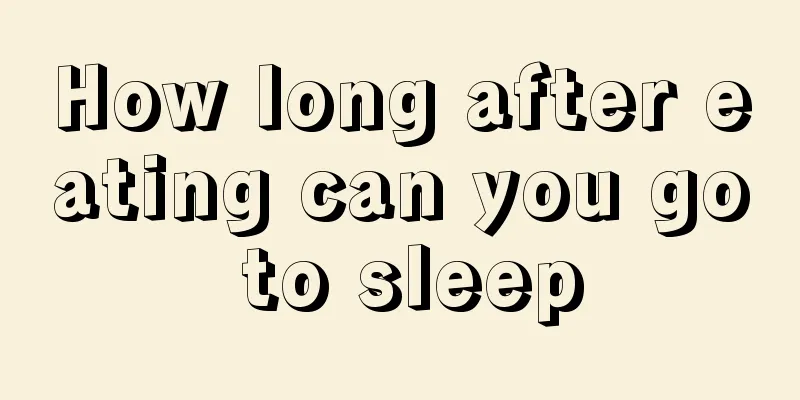Why do subungual warts get infected

|
Subungual warts are a disease that refers to some abnormal conditions in our nails and is also a certain infectious disease. The clinical manifestations of this disease are relatively obvious, but this disease can be treated in many ways, and there are many precautions after the treatment, and its postoperative reactions are generally quite special. So why are subungual warts infected? Common warts that grow around or under the nail are called periungual warts or subungual warts, which can damage the nail bed and deform the nail. Cryosectioning and freezing is a new technology explored in long-term clinical practice. It is more effective than conventional cryosurgery, especially with a high one-time cure rate and a low recurrence rate. Treatment Operation procedure: Use liquid nitrogen as the cooling source (-196℃). Patients with periungual warts who are sensitive to pain should take 0.5 g of pain-relieving tablets half an hour before treatment to avoid fainting during treatment. Contact freezing method: routinely disinfect the lesions and surrounding normal skin, select a freezing head of appropriate shape and size, place the freezing head close to the surface of the lesions, and freeze for 1 to 3 minutes until the lesions form an ice ball and the frost exceeds the surrounding normal skin by about 2 to 3 mm. Repeat 2 freeze-thaw cycles and cover with dressing to secure. Cryo-cut freezing method: After routine disinfection of the skin lesions and surrounding normal skin, aim the jet freezer at the center of the skin lesions to freeze them into an ice ball. Then use surgical curved scissors to quickly cut off the skin lesions from the flat skin surface at the base, and then immediately freeze them for 30 to 90 seconds. The frost exceeds the surrounding normal skin by 2 to 3 mm, and two freeze-thaw cycles are performed. Cover with gauze and apply pressure to stop bleeding. Fix with adhesive tape after there is no bleeding, and end the treatment. Postoperative reactions and treatment: After contact freezing, large blisters will form on the lesions and normal frozen skin. The next day, the dressing will be removed, the blister fluid will be drained, and gentian violet solution will be applied externally once a day until there is no exudation. For those who receive cryotherapy, the dressing is removed on the third day. The skin in the frozen area is slightly swollen, with no obvious blisters or very small blisters. Generally, there is no need to drain the fluid. Only gentian violet solution is applied once, and the area is exposed to dryness and scabs. |
<<: 9 major dangers of women getting angry
>>: Is the radiation from electronics factories dangerous?
Recommend
A better hospital for treating bile duct cancer
Cancer is a terrifying disease. As we all know, c...
What are the symptoms of skin cancer
Many people may not have heard much about skin ca...
Insulin makes people fat
Insulin may make people fat, which is related to ...
What can prostate cancer patients eat to improve immunity
Diet is a very important aspect in the prevention...
Are tampons comfortable?
In recent years, tampons are increasingly being u...
What is the reason for the pain in the lower leg
Our daily flexible activities mainly originate fr...
Can I sunbathe after taking vitamin C?
Vitamin C is a health product, often used to prev...
What can I use to soak my feet to remove moisture?
Winter is coming, and people generally feel that ...
How long is the growth cycle of eyebrows
The growth of eyebrows is also regular and cyclic...
The correct way to use conditioner
Many people have frizzy and dry hair, so they buy...
What is the cure rate of pituitary tumors
Pituitary tumors are very harmful to the human br...
How to improve poor facial skin
If we have bad facial skin and want to improve it...
How long does it take from discovery to death from skin cancer
The early manifestations of various skin cancers ...
Treatment of sigmoid colon adenoma
Sigmoid colon adenoma is relatively common, and s...
What is the cause of chest tightness, chest pain and excessive sputum
I always hear many people say that they experienc...









